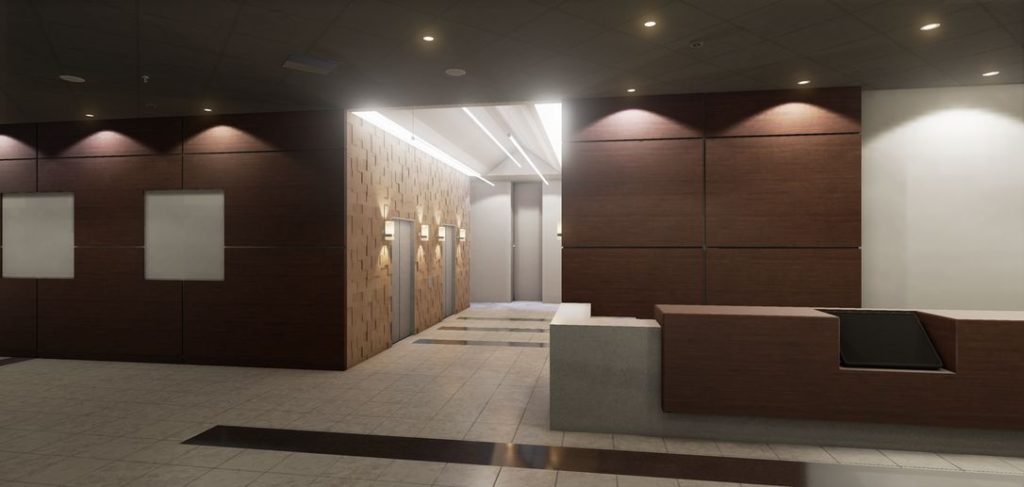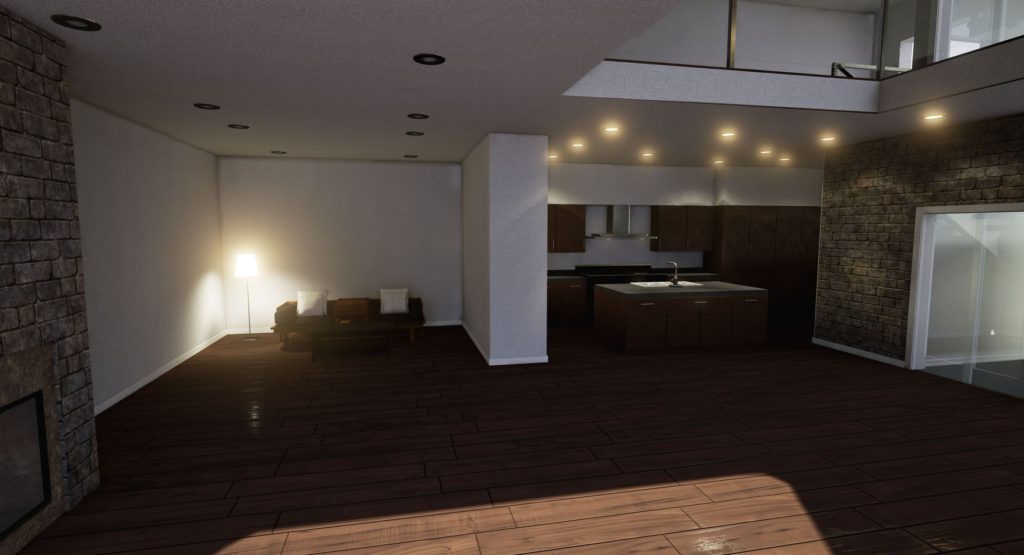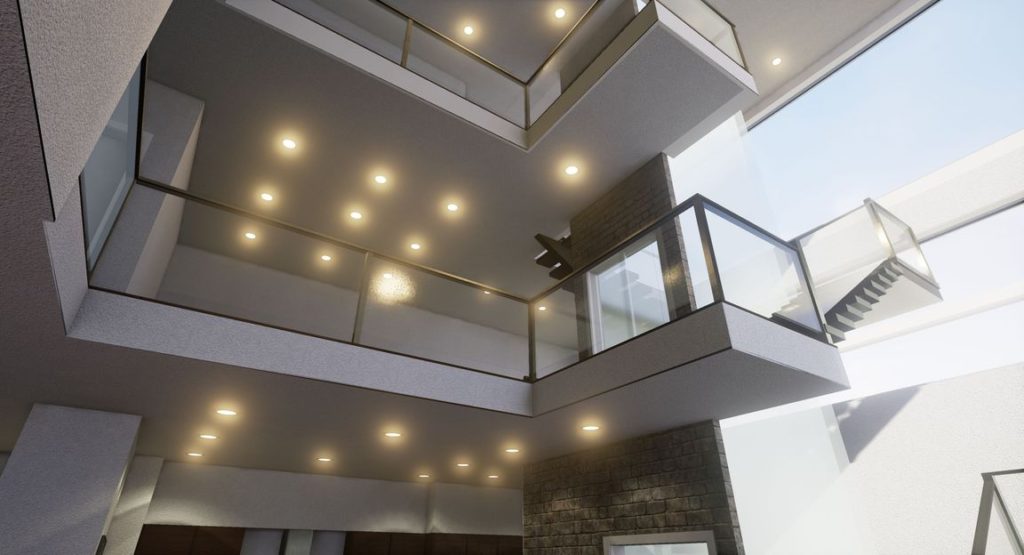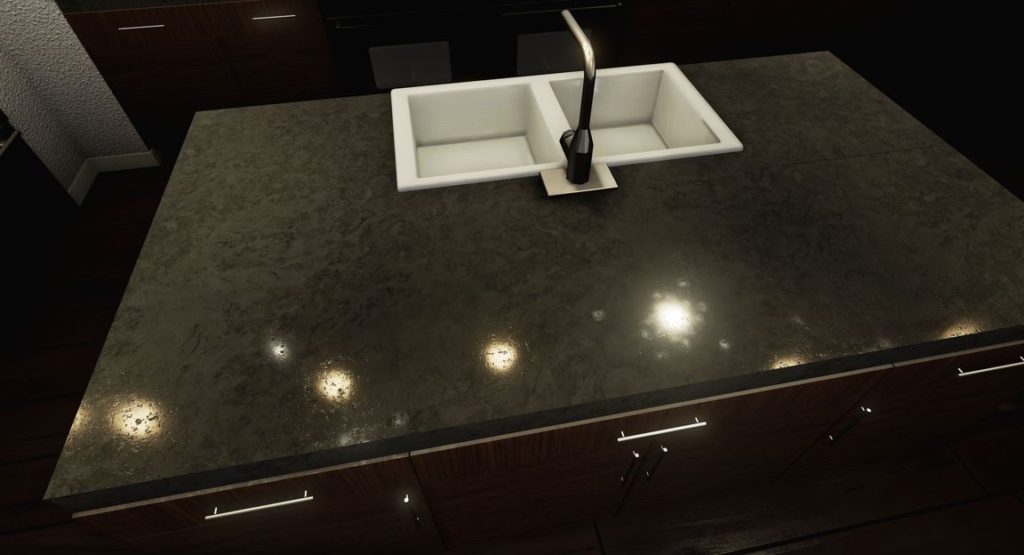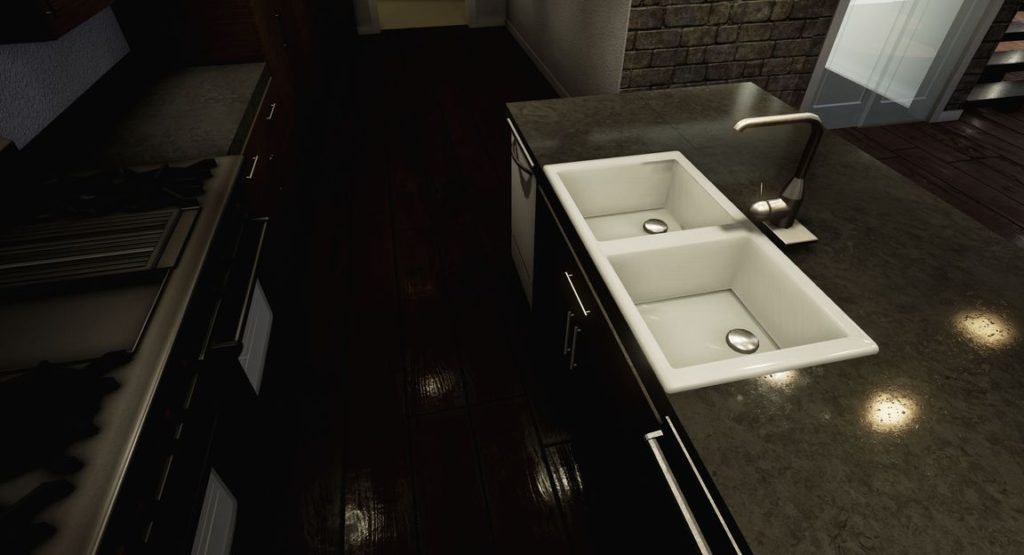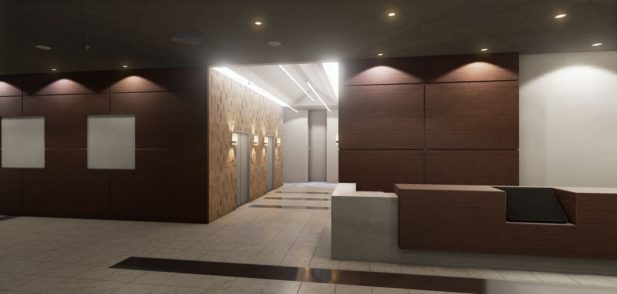
What is Tycho VIYR?
Tycho was a start company with the goal of creating immersive virtual reality tools for Real-Estate marketing. Tycho was started by Brent Tincher, an experienced Real-Estate agent with Degrees in Marketing and Software Design. He started Tycho because as a Real-Estate agent he perceived a need for potential home buyers to be able to see themselves living in the homes he showed them. People are capable of imaging what they would do with a given space to a certain extent, but without being able to see what their furniture would look like in a room, it can be difficult to home buyers to make fully informed decisions.
Tycho as a company therefore had the goal of creating high-end virtual reality self-guided tours for houses, apartments, and office buildings. Including tools that would allow customers to place furniture and get a real feel for what it would be like after they buy. By bringing together artists for 3D asset development, programmers for application and distribution systems development, we were able to meet this objective and created the VIYRs.
What Tools did We Use?
The VIYRs were developed using a number of different tools, and two versions of the application were developed individually. The 3d asset development by the artists was primary done using 3ds Max, Photoshop CC, and AutoCad. The VIYR application was initially developed using Unity 3D and included tools for placing and moving furniture assets developed by the artists team, and a HUD style menu system for the customer interface. Code was written in C#, and tools for intractable as well as animated objects were included.
The second implementation of the VIYR application was built using the Unreal Engine 4 and included all of the above features, with the exception of item placement still being under-development when the project was concluded. The Unreal 4 implementation also included additional features including high-end rendering, dynamic lighting effects, and immersive reflective texture availability. Unreal 4 was written primarily using Unreal’s proprietary c and c++ framework and libraries, with some use of their ‘code blueprint’ framework.
My Personal Contributions:
I began working on this project as an intern Jr. Developer assisting with developling the UI framework and UX design implementation. After a few months the Senior Developer in charge of UI framework development and UX design implementation resigned from the project, and I was promoted to fill his position. In Unity 3D I designed and implemented the user HUD menu system that allowed for custom asset selection for placement, as well as advertising other products, and controlling guided tour options.
After the switch to using the Unreal 4 engine I ported my existing work using the Unreal’s ‘code blueprint’ framework, in addition to coding the new guided and self guided tour controls. The lead developer and project CTO (Graham Hayes) developed additional UI framework tools using Unreal’s proprietary version of c and c++ framework and libraries to develop additional UI tools as well. These tools included alternate camera modes, and an alternate menu style.
Project Conclusion:
A working proof of concept was fully developed and marketed towards property management companies. Several medium sized companies were initially interested in the product, however production costs and time were greater than clients were willing to pay given the potential wait period. With more R&D funding and a larger team production costs and time could have been significantly reduced, and more potential buyers could have been reached which may have resulted in greater success. Project members therefore completed their work, and the project was concluded during Fall of 2015.
